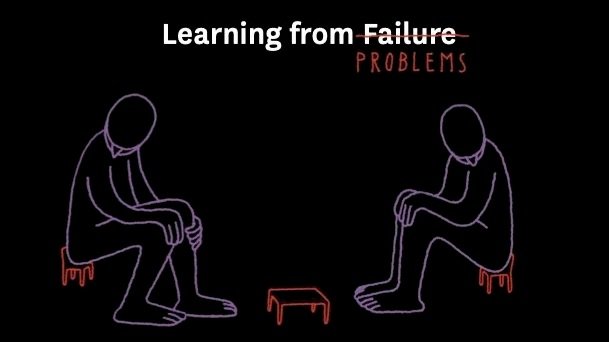Learning from Failure with Stephen Burks
Illustration: Leonhard Rothmoser.
Stephen Burks is the founder of Stephen Burks Man Made, a New York-based studio that is known for its collaborative, workshop-based practice that integrates craft techniques from around the world into contemporary products and systems.
Most designers have a false sense of what success is.
Our industry revolves around celebrity and the celebration of a handful of designers and brands. We see the same names dominating year after year, and a distracting, superficial gloss is layered over the discipline. For many aspiring designers, success is defined by trying to achieve what these designers have achieved, with the same companies they achieved it with, all the while seeking the social and press attention that leads to more of the same. This cycle of “fame begets fortune” leaves people with the wrong idea of what design is.
Stephen Burks Man Made has been fortunate to gain a certain level of renown, but even today, after working 20 years in the industry, we’re still struggling to make inroads into the world’s top design brands. By traditional metrics this suggests failure, but the lack of acceptance we’ve faced has forced us to examine other ways of working. The difficulties we have experienced have led us to think about craft production and take a broader worldview with regard to people and cultures designing and making outside the dominant European context. We’ve turned to other models of production to find alternative paths of acceptance.
However, it’s not enough to be an exception. I read our success as an indicator of the failure of the industry to welcome diversity, with statistically only a handful of “other” voices present at any one time. Why do we still fail to realise that difference adds depth and complexity, creating a more resilient system for all?
“Why do we still fail to realise that difference adds depth and complexity, creating a more resilient system for all?”
We, as an industry focused on luxury, often fail to acknowledge that design problems are much bigger than new tables and chairs. If you manage to make a commercial product with any brand, it’s easy to feel you’ve succeeded. I don’t mean to belittle that – because it’s not easy to make a product – but design needs to be about more than this. What are you making? Who is it for? And who benefits from it? These are some of the questions that need to be answered.
In this age of global crises, we should be striving to get products out there with meaning. A traditional design brief does not begin to address the everyday issues people are facing. How do we design for cynicism, nihilism, or fatalism? How do we consider gross inequality, injustice and grief? If we only engage with the commercial value of what we create, we miss the opportunity to imagine how design can also add meaning to people’s lives.
Rather than reflecting on personal failure, maybe our story of collective failure as an industry is worth exploring. Perhaps we can begin to measure success by how much space is created for other voices to participate and be heard. If design is a form of communication, then what do we as a society want to say, and how is design a vehicle for more people to say it?
Words Stephen Burks
Illustration Leonhard Rothmoser
This article was originally published in Disegno #35. To buy the issue, or subscribe to the journal, please visit the online shop.

